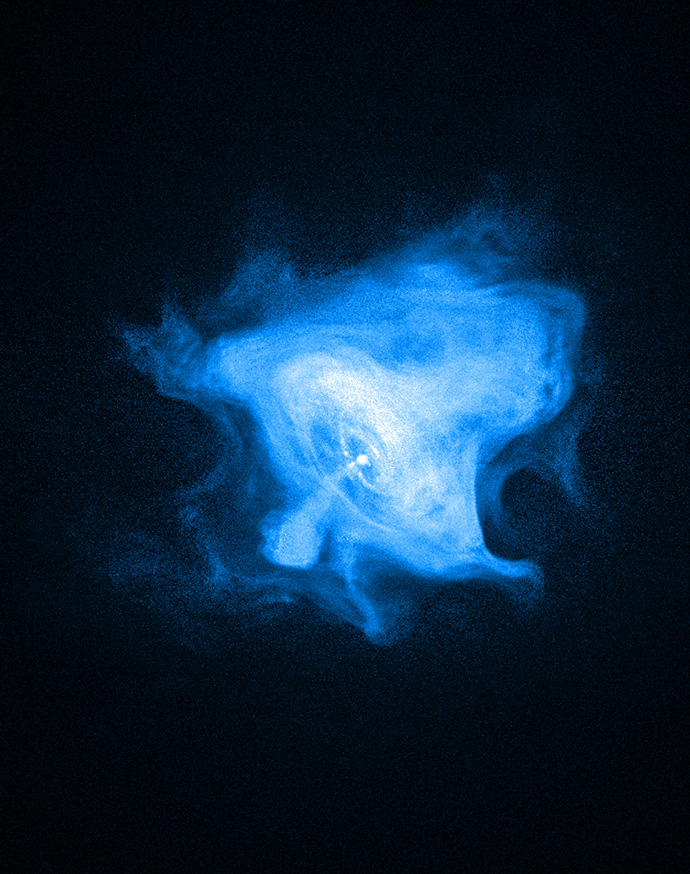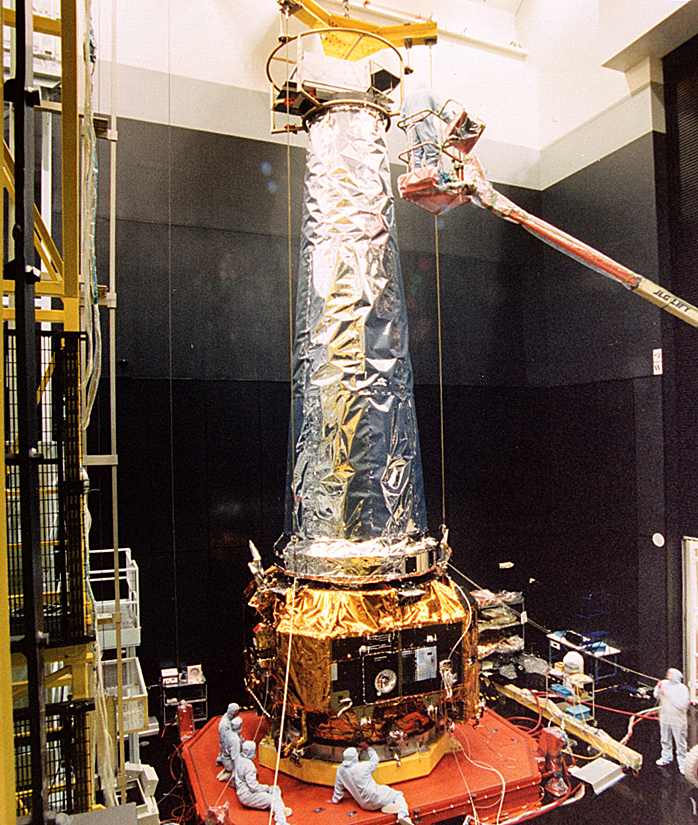

Investigative Phenomena
High-Energy Astrophysics
Scientists have used Chandra to unravel the secrets of some of the highest-energy phenomena in our universe. From teaching us more about the supermassive black hole at the center of our galaxy to discovering strong evidence supporting the existence of dark matter, Chandra’s more than 20 years in space have been nothing short of astounding.

What We Do
Instrument Provider
Chandra’s aspect camera is a state-of-the-art star tracker built by Ball Aerospace. The camera provides extremely accurate, real-time attitude information to the Observatory which is used to determine where in the sky Chandra is pointing and if it has drifted during longer observations.
The aspect camera is so accurate that if it was sitting atop the Empire State Building in New York and staring at a car in Los Angeles, it would be able to resolve the car’s right headlight from its left.
Ball Aerospace also provided Chandra’s Science Instrument Module (SIM), which serves as the housing for the Observatory’s two X-ray cameras. The SIM’s unique thermal design allows for a dual-temperature environment that keeps one of the cameras extremely cold (about 153 K) and the other near room temperature (about 289 K). This enables different X-ray sensing elements within the cameras to operate at their optimum temperatures.
After Chandra launched, the science team noticed that whenever the observatory moved through either of the Van Allen radiation belts, its delicate detectors were exposed to vast numbers of low-energy protons. Without adjustment, both detectors would quickly be ruined.
Fortunately, an out-of-the-box solution was devised in which the SIM mechanism would focus the protons into a “dead space” between Chandra’s two detectors during those times when the observatory’s orbit was in the Van Allen belts. Instead of being used once every few orbits to select one camera or the other, Ball’s SIM mechanism was used thousands of times to prolong the lifetime of the mission.
